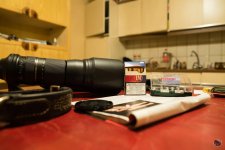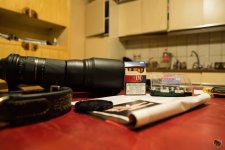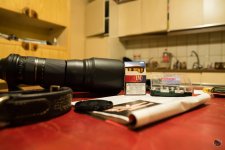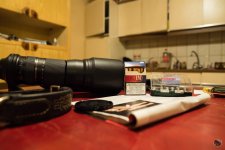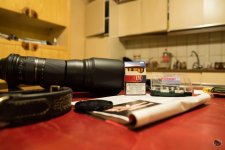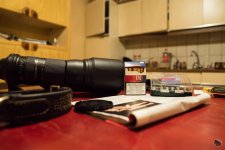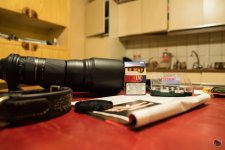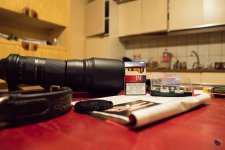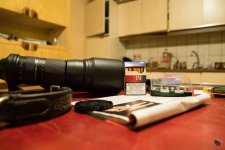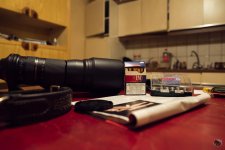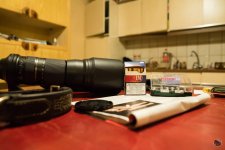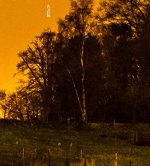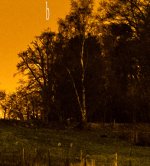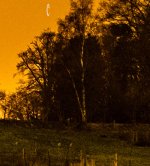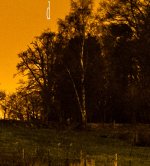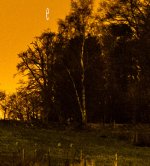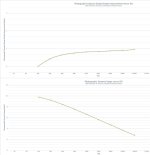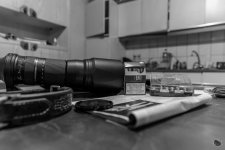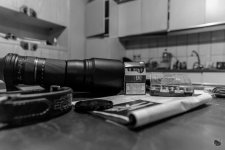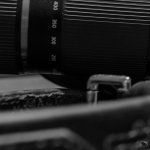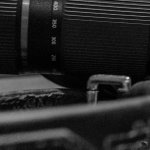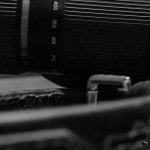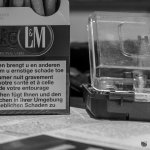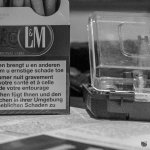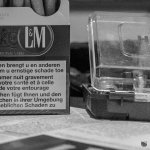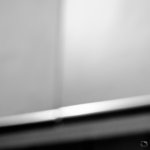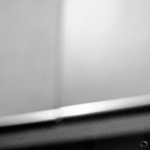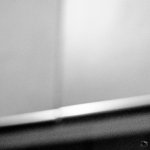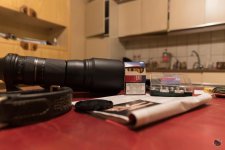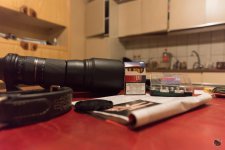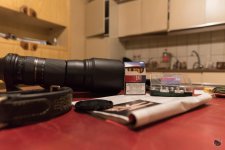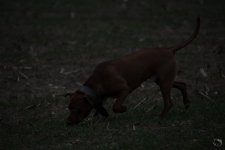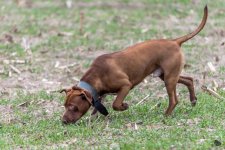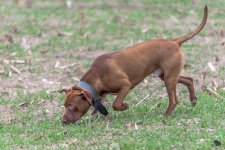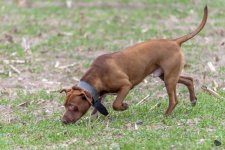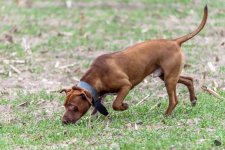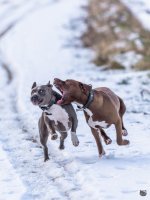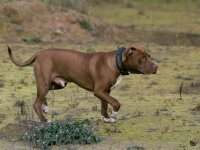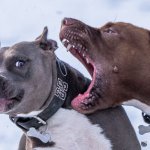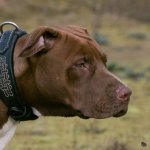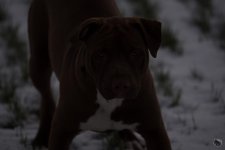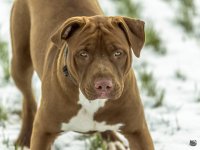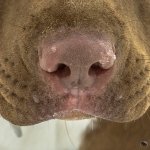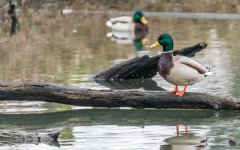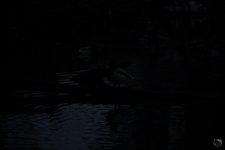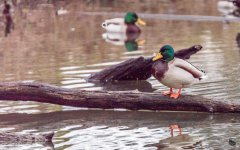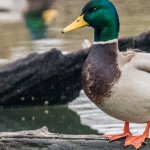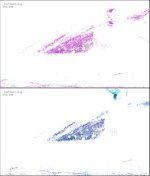I shot "ISO-less" last night at a wine bar. It was a very low-light situation. The RAW files interpreted by Adobe were much different than the JPEGs created by the camera. I think I left the camera on ISO 400, subscribing to the theory that it's okay to use gain to push it a little to the right. (I also brightened her eyes a little in post.)
View attachment 135770
The EXIF says I was at -1 exposure compensation, but the camera was in manual mode so that had nothing to do with it.
I think the problem with JPEG is the bit-size. I don't know about the D800 but I shoot 14bit with the D750 and that contains loads of information compared to a JPEG.
I need to test it some more but it seems to work. The D800 wins about 1/3th of a stop in the shadows directly after ISO 100 so there is some direct gain. For me the first 300 deliver nothing so by the time I get my first 1/3th, I sacrificed a whole lot for that.
The only problem is the color shift which is a bit annoying at the moment and the only reason I shoot up to 400. After the third stop, colors shifted too much and it's a whole lot of work to correct them. Until I found a formula.
Also after 400 my SNR takes a dive which I try to avoid.
I encountered a couple more online that apply ISO-less shooting but not many. I think we have to map this territory ourselves and check when it is good to use and when it isn't worth it. If cams keep evolving and they can push the technical side some more, ISO will become something of the past. At least for RAW.
I just check the D800 vs D750 and both the cams are fairly similar when it comes to loss and gain isn't that different either. So what works for you should work for me. There might be some difference because of sensor pixels.

